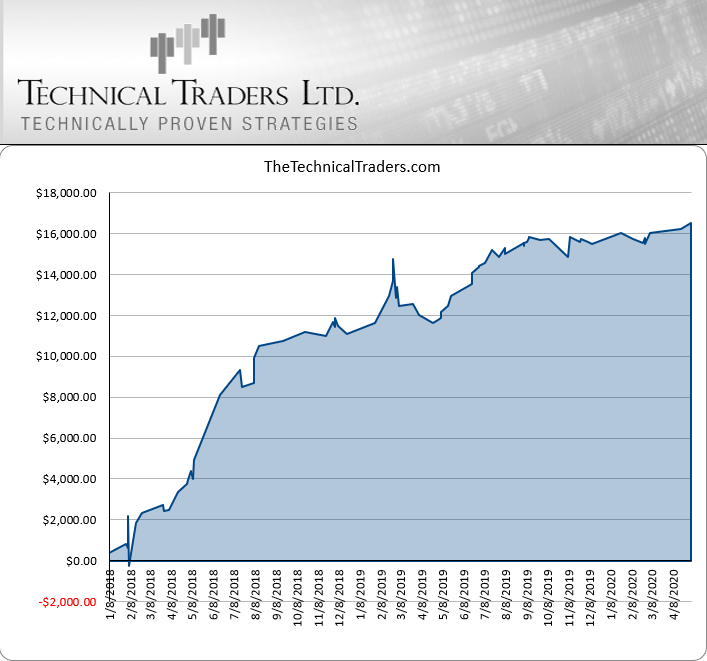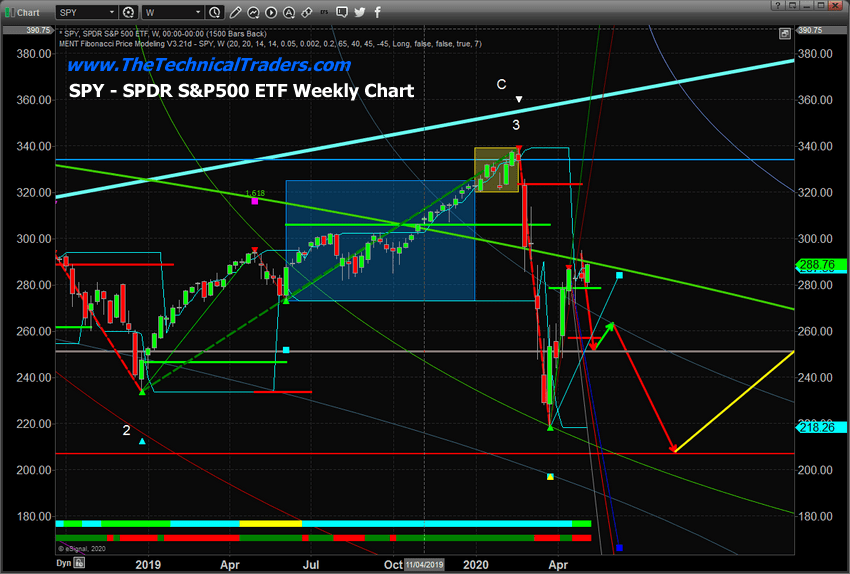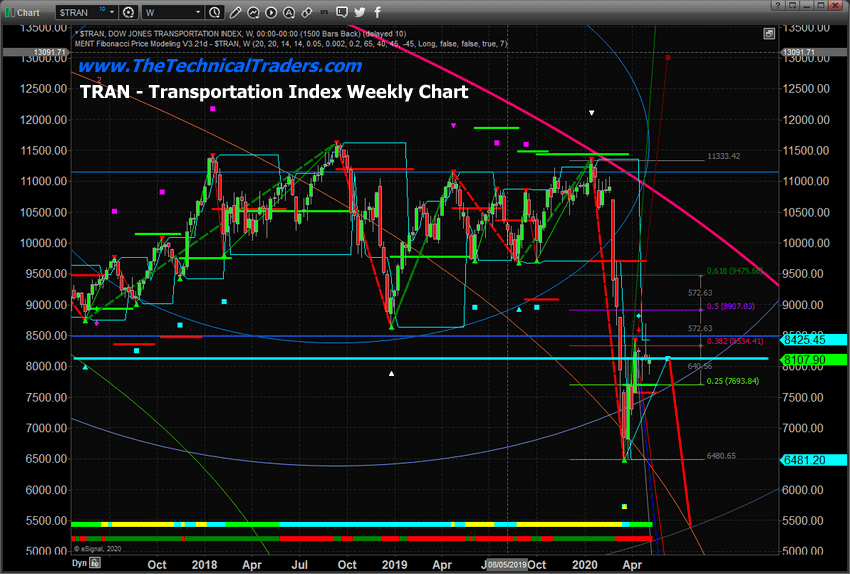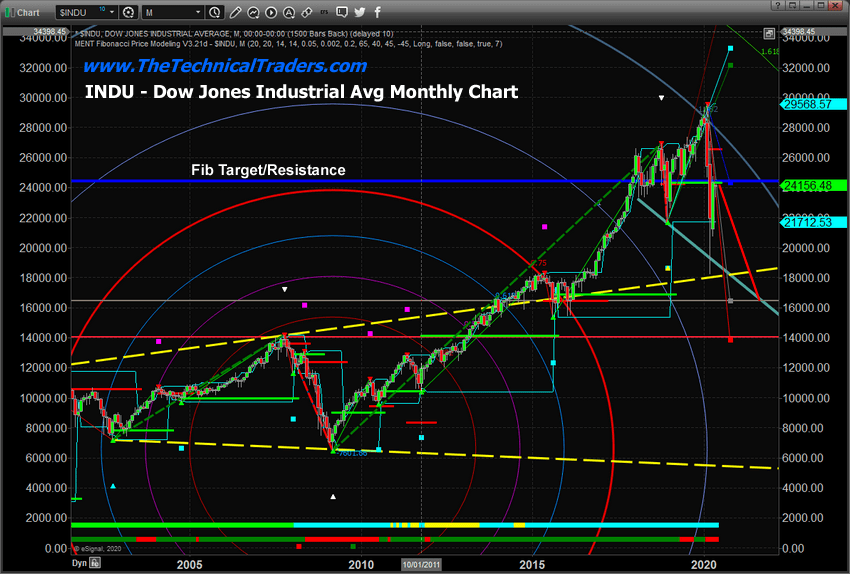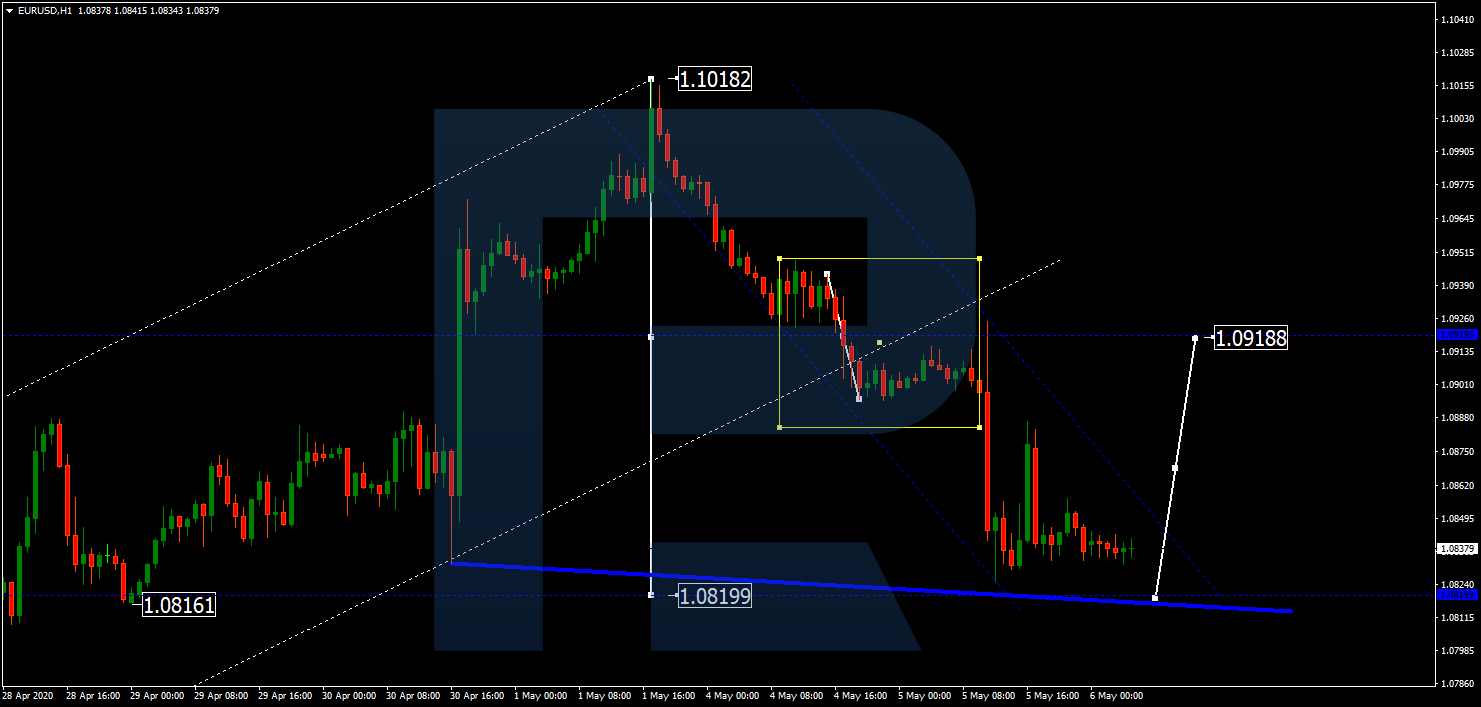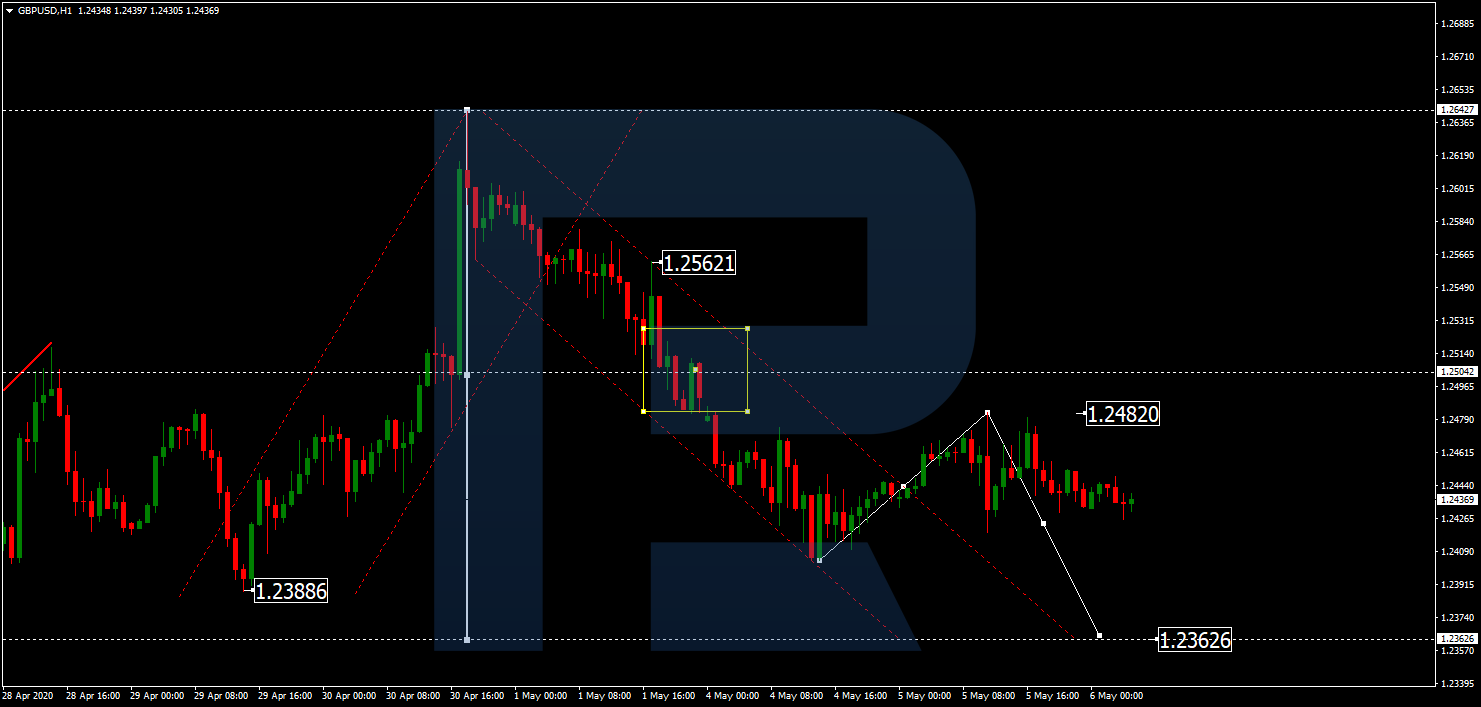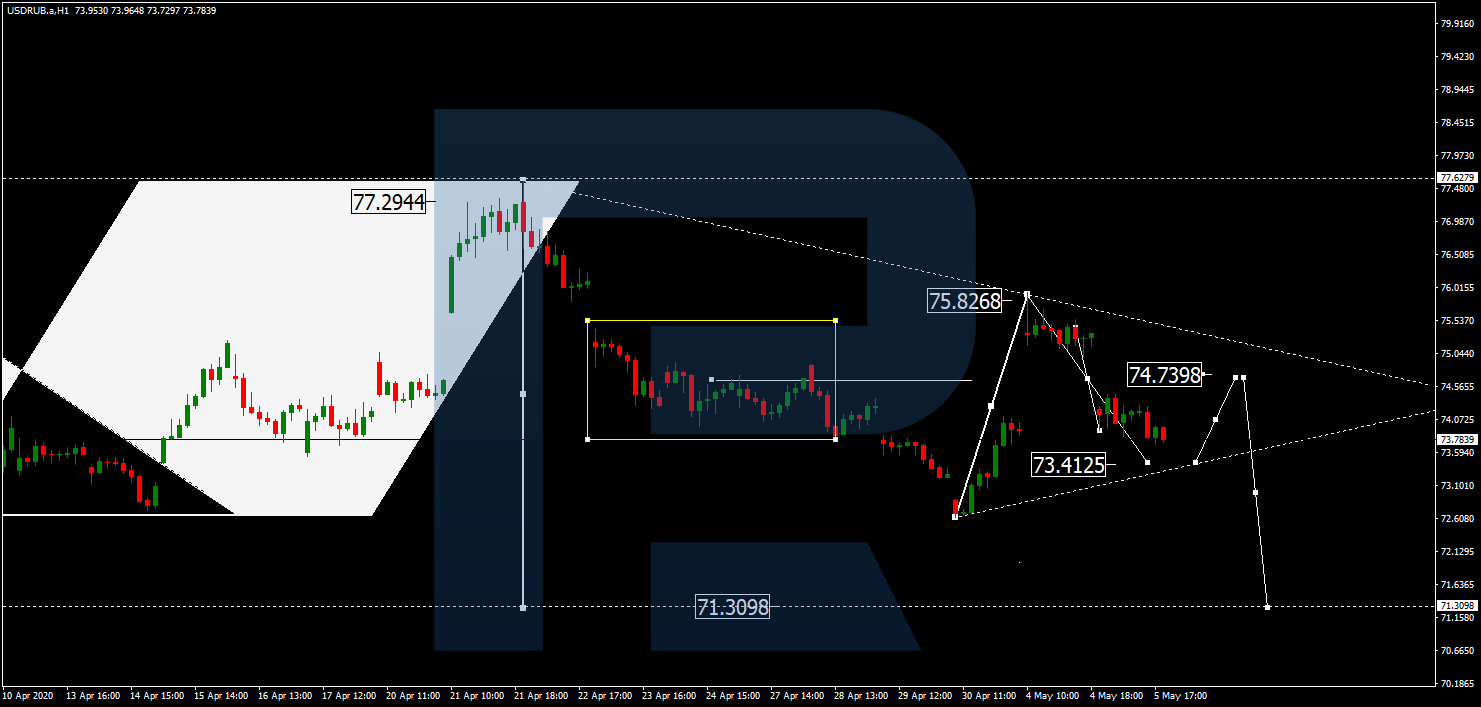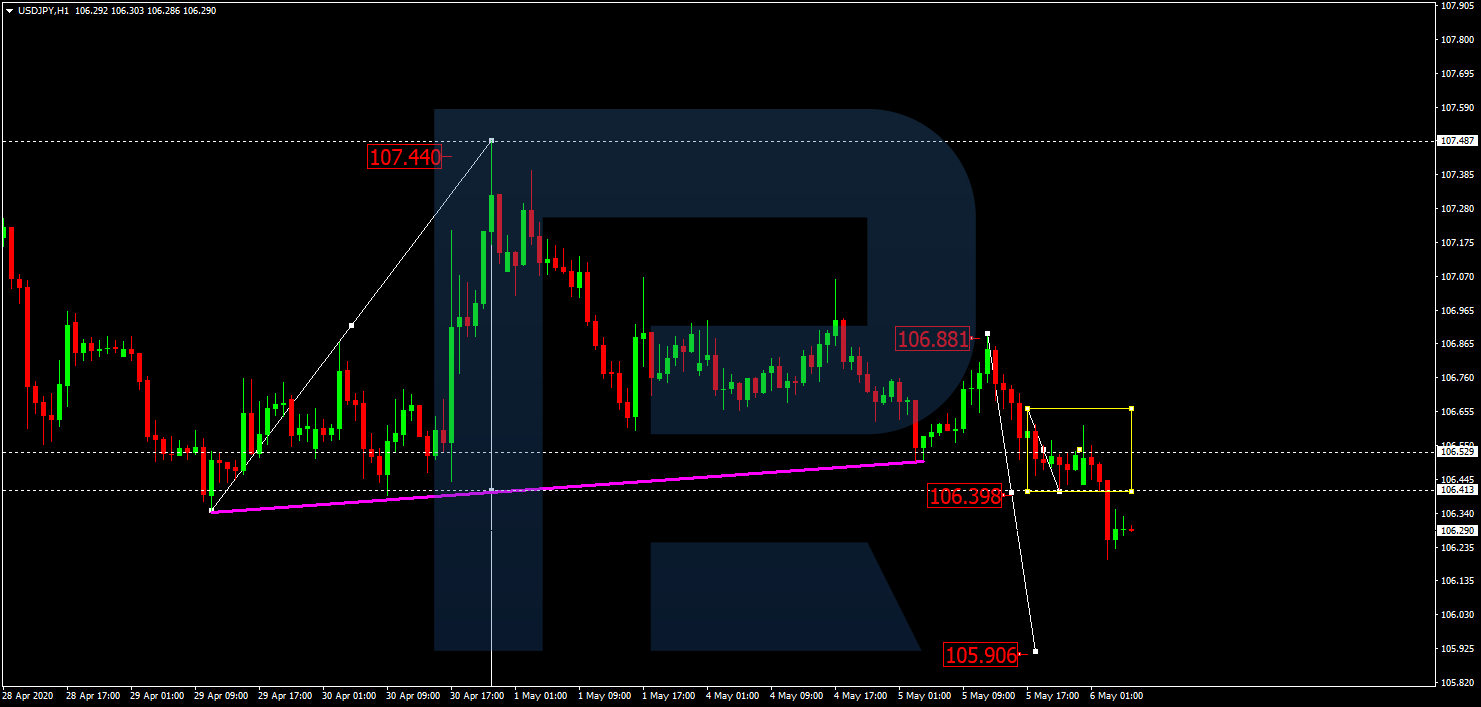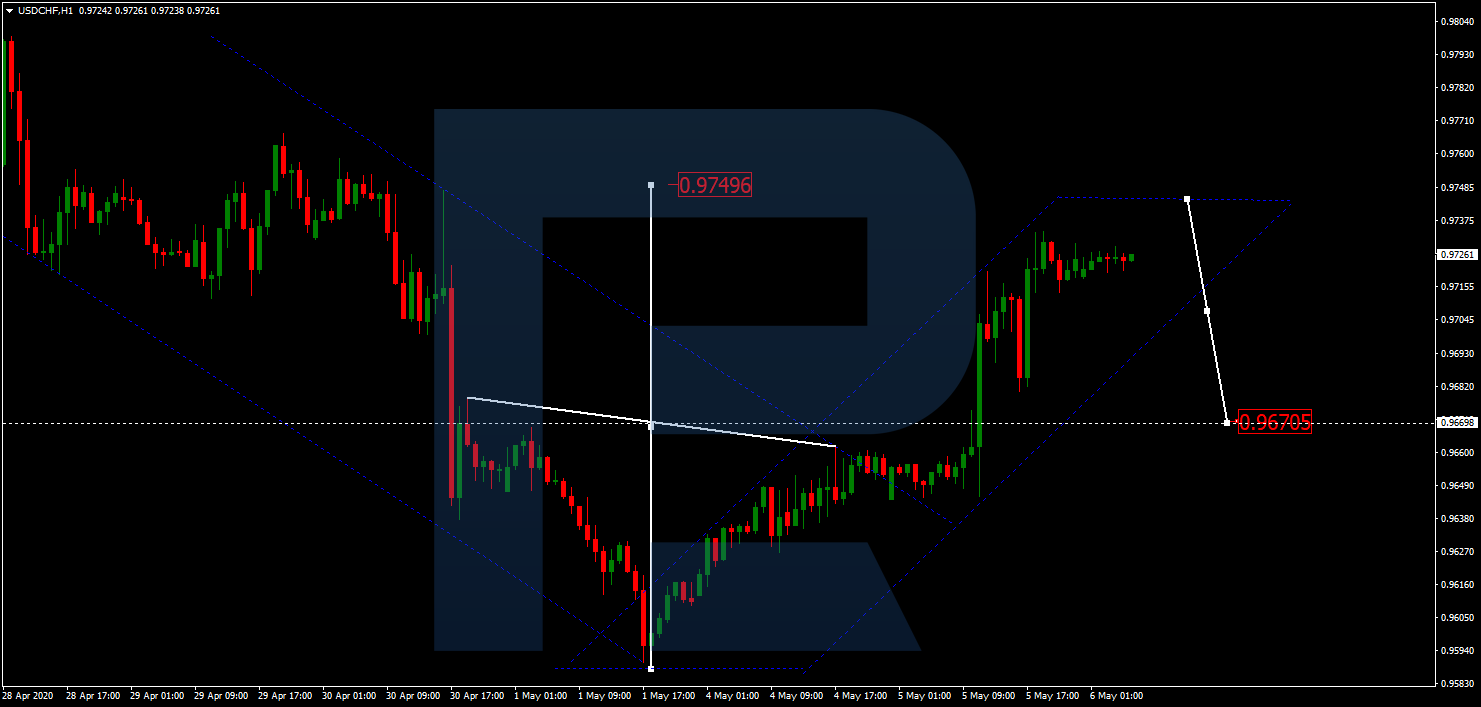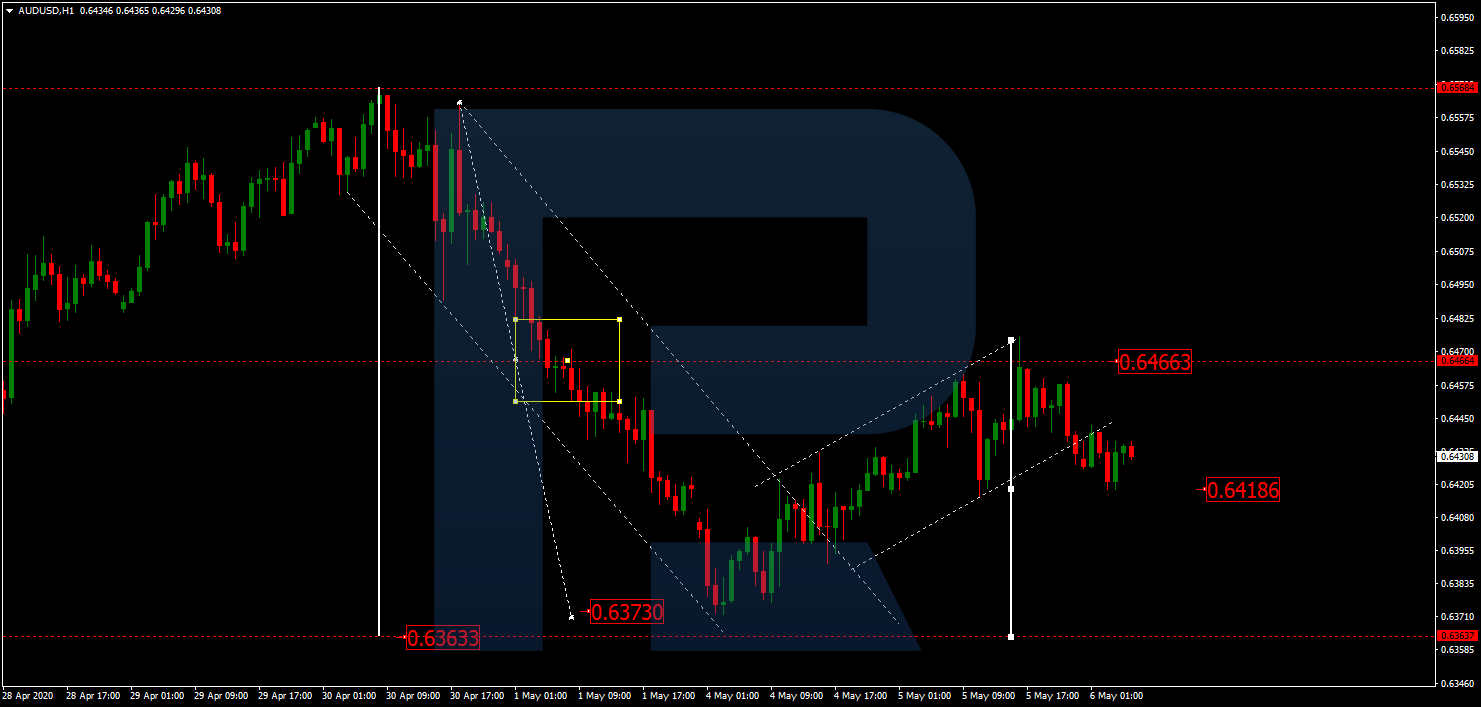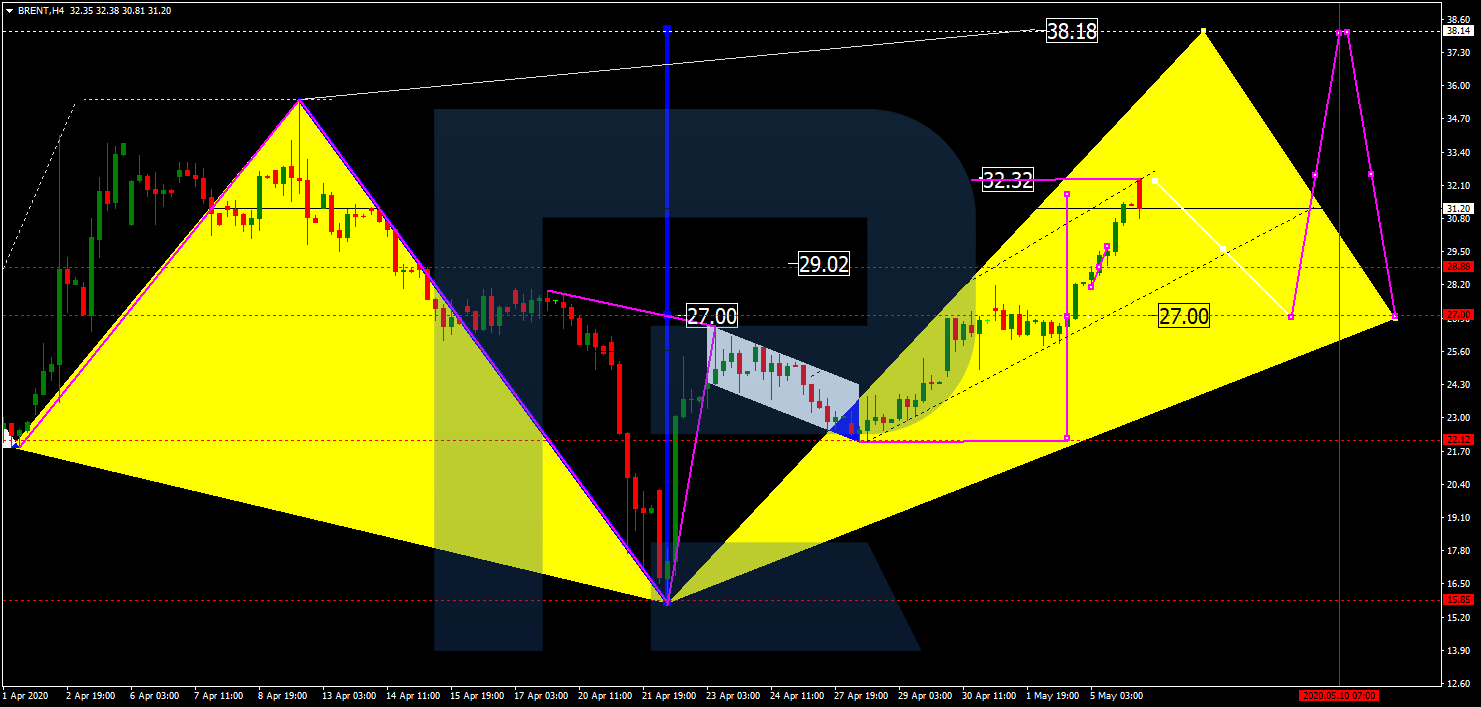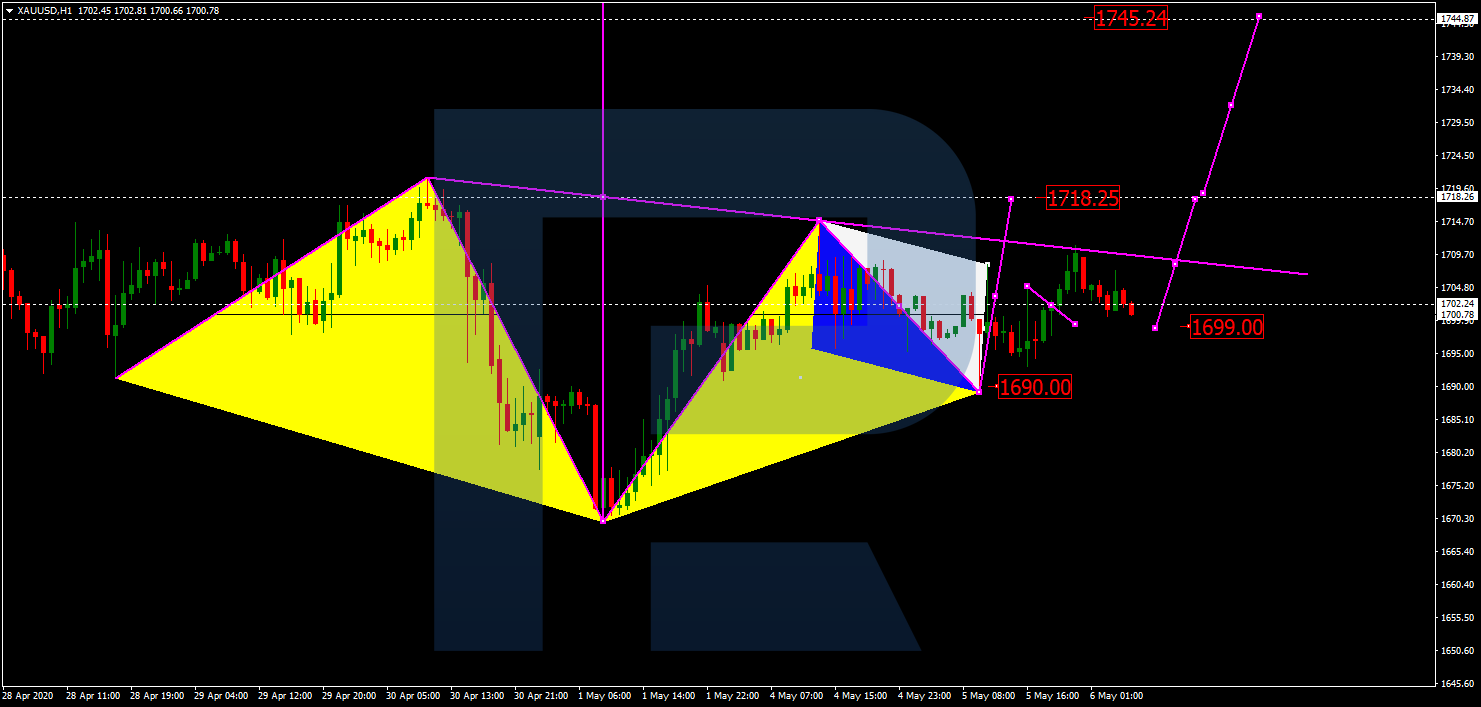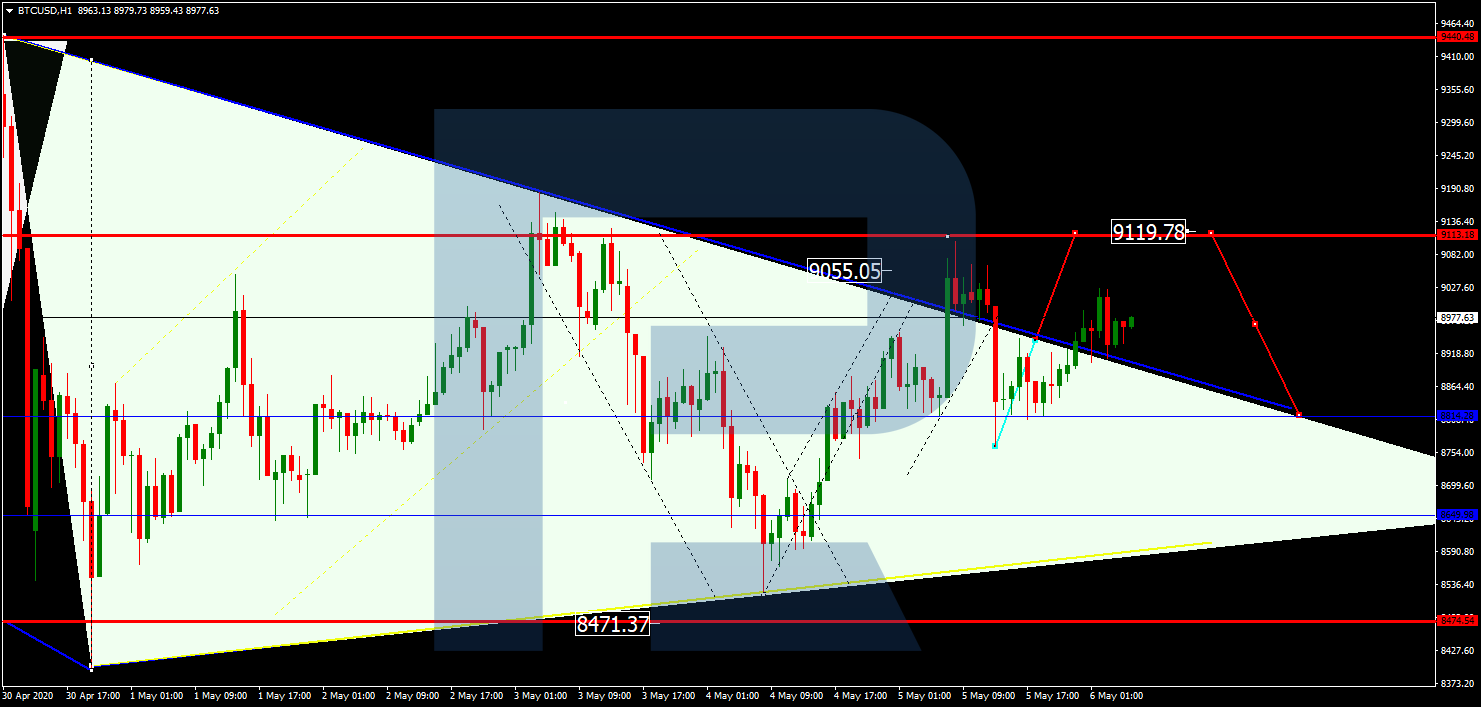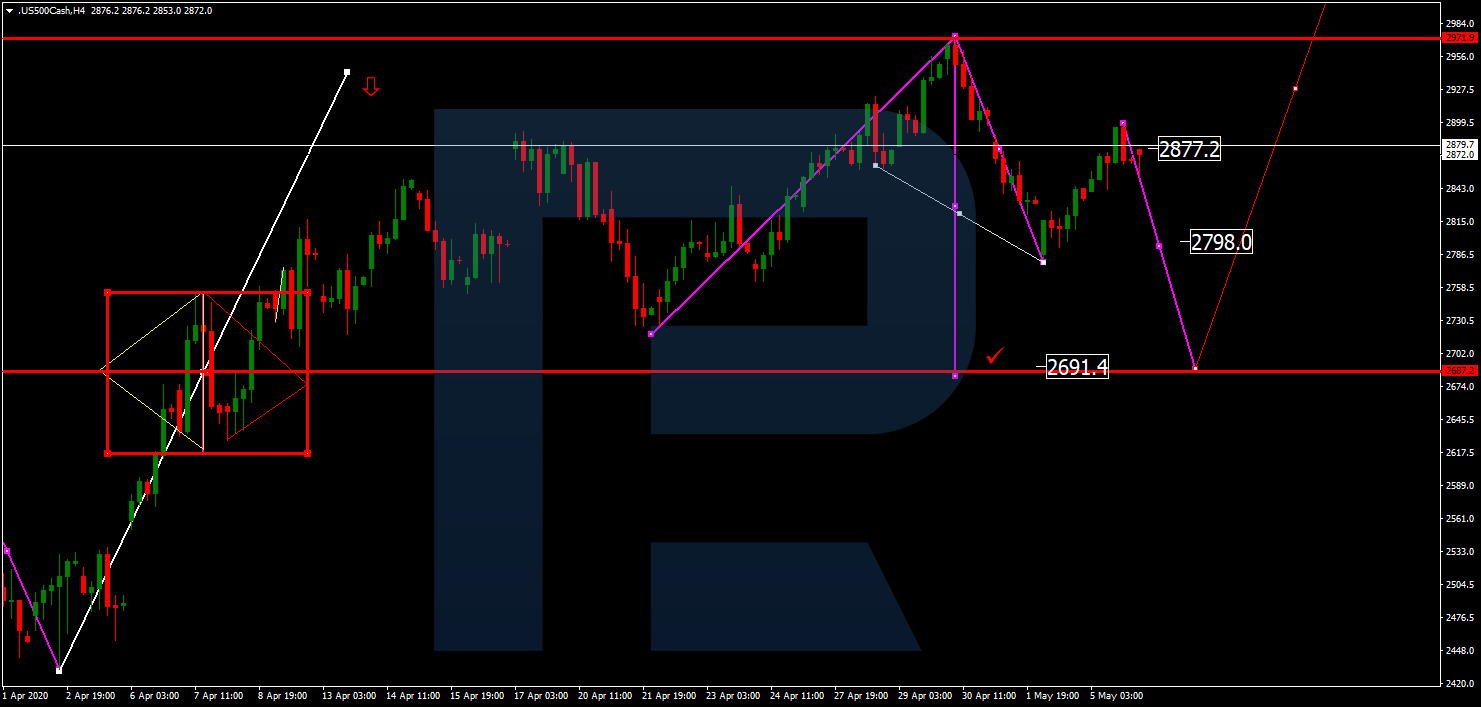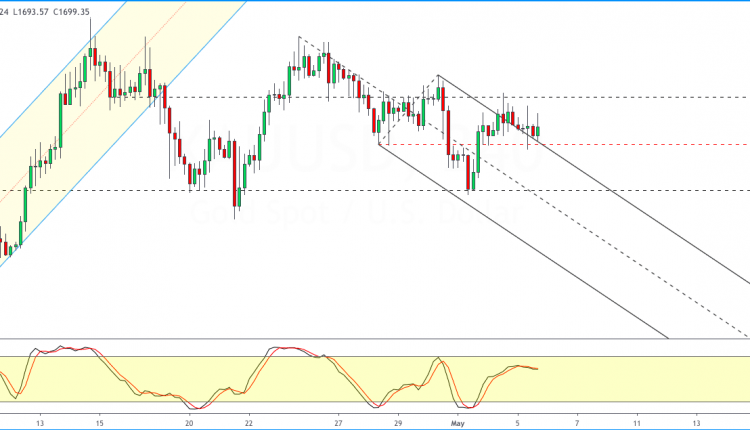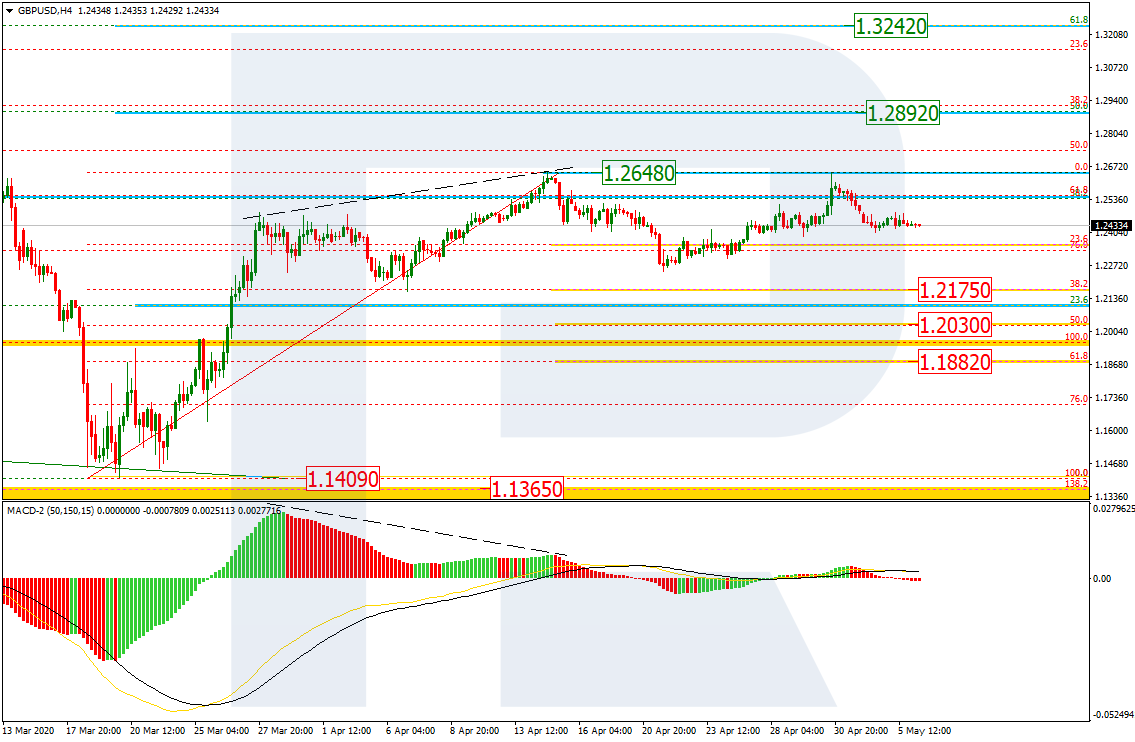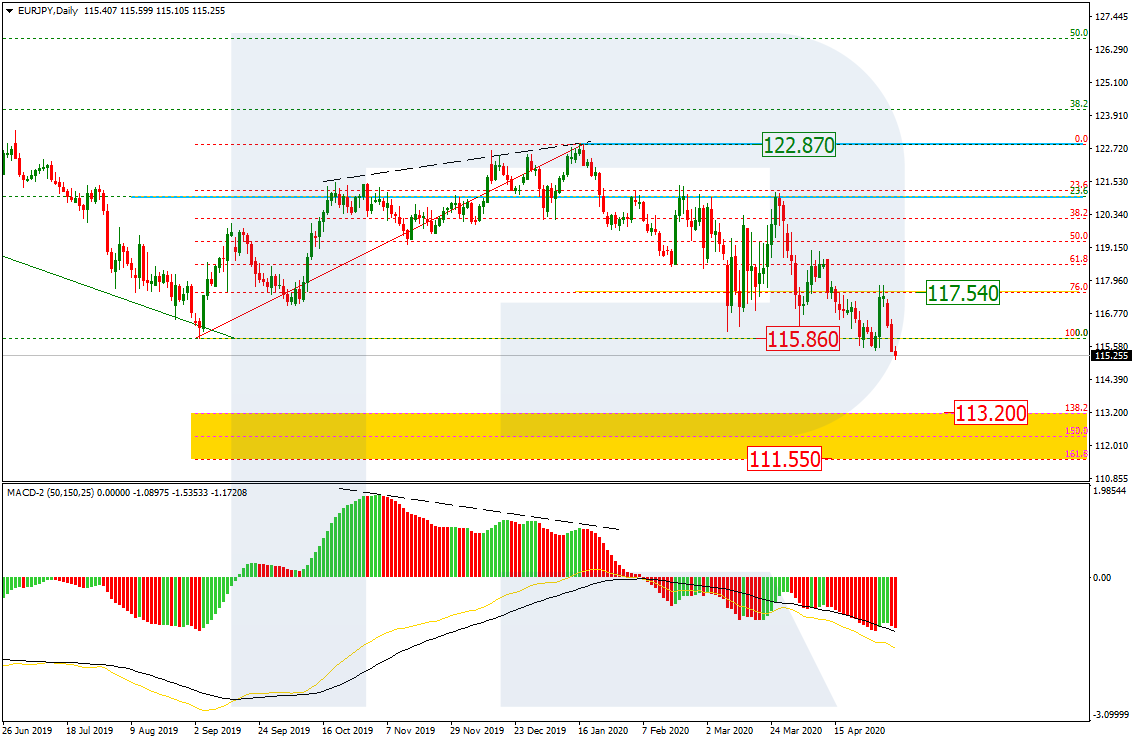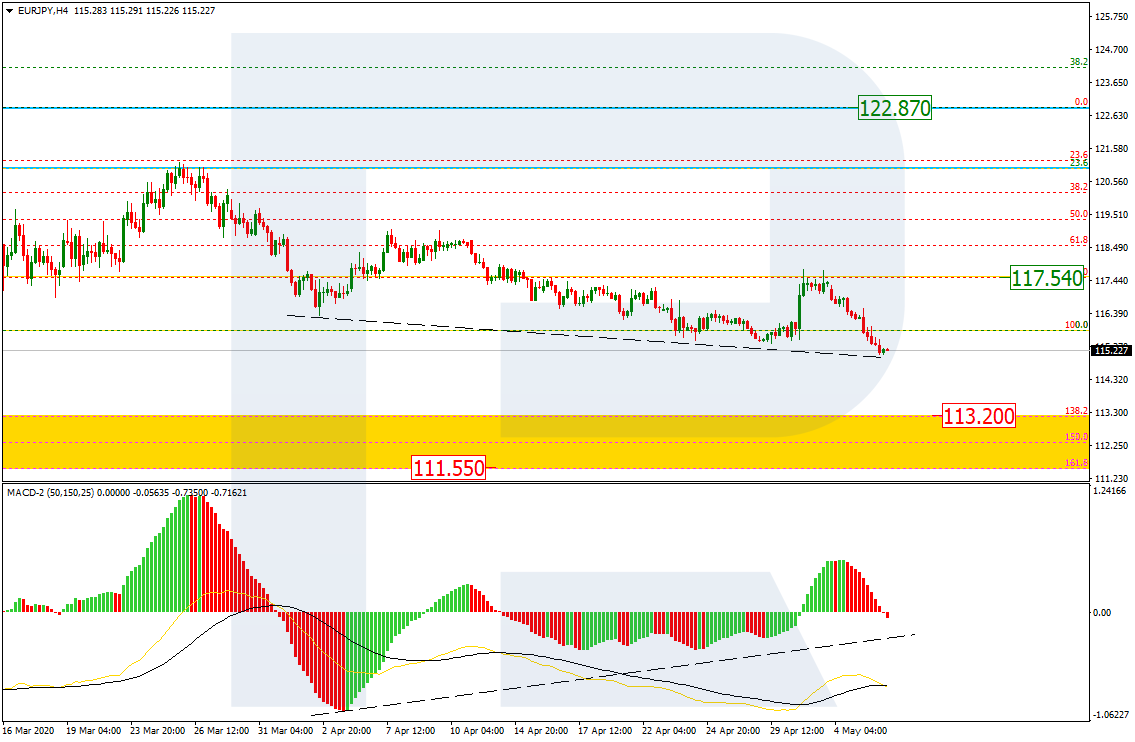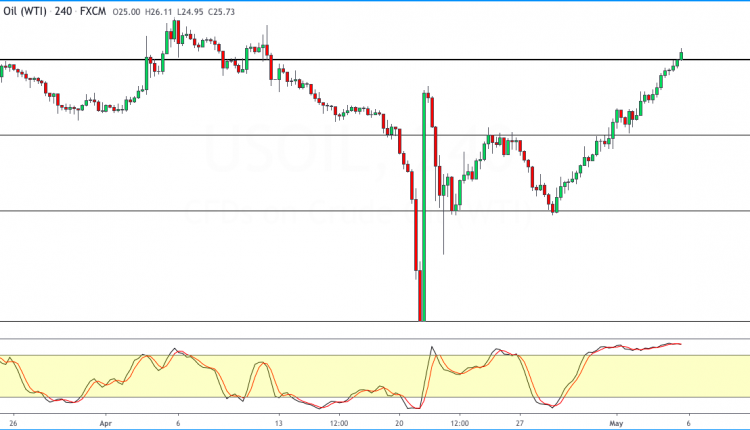By Dan Steinbock
The belated COVID-19 mobilization has resulted in historical human costs and a major economic damage. If right policies are further ignored, a multi-year global contraction could follow.
My report on the pandemic has been released [here’s the link]. “The Tragedy of Missed Opportunities” focuses on “the COVID-19 human costs and economic damage.” It identifies the missed opportunities in the virus battle. And it outlines the consequent costs in terms of cases, lost lives, and economic damage.
Despite several opportunities to initiate early mobilization outside China and proximate Asia, most major economies did not opt for preemptive action.
In the US, the Trump administration has engaged in a self-defeating effort to “protect the economy” (read: the markets). The White House continues to suppress an adequate science-based policy response resting on medical evidence.
The European Union (EU) was more willing but unable to fight the virus earlier. But it is not fully integrated and lacks the common institutions for effective response.
The 1st Missed Opportunity (Jan 2020)
Between the first recorded case (Dec 30, 2019), and the WHO’s announcement of the international emergency (Jan 30, 2020), the epicenter of the outbreak was centered in Wuhan, Hubei, and nearby Chinese provinces.
That’s when China, Hong Kong and later South Korea mobilized against the virus.
The virus did not stay in Asia, however. First cases were also recorded in some 20 countries worldwide, including the United States and EU economies.
Moreover, the virus information that China and other early mobilizers used to attack the virus has also been available to the White House since January 3, while the European CDC began its risk assessments only days later. Yet, neither chose to mobilize.
That’s how they missed the first major opportunity for proactive mobilization.
The 2nd Missed Opportunity (1Q 2020)
The second critical opportunity to contain the virus outbreak could be dated from the WHO’s international emergency (Jan 30) to its global pandemic announcement (Mar 10). That’s when the epicenter moved to Europe and then to the US. Yet, full mobilization in both began only 1-2 weeks after the pandemic warning – 6-8 weeks later than proactive mobilization in China and Hong Kong.
Most countries failed to provide WHO full case reports until February, which penalized international cooperation at a critical moment. Worse, inadequate preparedness contributed to new challenges, including faulty test kits and long delays in testing, and huge shortages of personal protective equipment (PPE) that endangered the lives of frontline healthcare professionals.
US trade wars caused additional shortages. The Trump White House allowed US companies to export PPE, but did not permit Chinese companies to import PPE to the US. Meanwhile, failed responses to the outbreak added to health risks. Media coverage was high on hype, but short on facts causing a virtual ‘infodemic.’
Oddly, many international observers, including even reputable dailies in the West, began an odd battle against the WHO and its leadership, who have urged countries to mobilize fast against the virus since January.
That’s how the second major opportunity for mobilization was missed. In cumulative terms, it covers the entire 1st quarter of the year.
The 3rd Missed Opportunity (1Q-2Q 2020)
As escalation continued in Europe, the epicenter moved from the West Coast to the US. Meanwhile quarantines and lockdowns diffused worldwide. It was only in April that the social distancing measures, which China initiated in January, were widely introduced in the West.
Since late mobilization and weaker enforcement proved less effective, the result was effective herd immunity. Instead of flattening the epidemic curve, many countries initially fattened that curve for weeks. So, the outbreak will diffuse and linger worldwide longer than currently acknowledged, while secondary virus waves and residual virus clusters are more likely over the year.
Premature lockdown exits are likely to magnify human and economic costs.
As these costs have soared, some government leaders seek to evade responsibility via a “paranoid style of politics.” That’s why the Trump White House has targeted China as a politically expedient scapegoat. It’s a futile effort to misplace the blame.
That’s how the third major opportunity to battle the virus failed. In cumulative terms, it comprises the first half of the year.
The 4th Missed Opportunity (1Q-2Q 2020 and beyond)
In this period, the epicenter will move from advanced economies to emerging and developing countries with weaker healthcare systems.
Many of these countries have been willing to fight the outbreak, but they lack adequate resources domestically and external support. The net effect could prove catastrophic.
Recently, the UN food relief agency (WFP) chief David Beasley warned UN Security Council about an impending “global humanitarian catastrophe,” especially in Africa.
As the global pandemic threatens to push 265 million people into abject poverty in the world’s poorest areas, the adverse feedback effects could be felt worldwide.
That’s how the fourth major opportunity against COVID-19 would be missed.
Massive human costs
In January, there were almost 7,740 cumulative confirmed cases in China, but barely 14 in Europe and 5 in the US.
Having peaked in February, the cases in China were 82,000 at the end of the 1st quarter. Yet, those in Europe and US exceeded 425,000 and 140,000, respectively.
Assuming the global pandemic’s current growth pace, the worldwide cases could exceed 7-8 million by the end of the 2nd quarter. In Europe and the US, that could translate to almost 3 million each.
Without appropriate vaccination and therapies, the human costs will continue to climb until the epidemic curves normalize over time around spring 2021 or 2022.
Historical economic damage
Even in the current baseline case (IMF, Apr 2020), the cumulative loss to global GDP over 2020 and 2021 could amount to about $9 trillion. That’s more than the world’s third and fourth largest economies – Japan and Germany – combined.
Yet, that baseline is not adequately realistic because it ignores the dire economic landscape – 2008/9 global crisis, 2010, European debt crisis, failed global recovery 2017/18 due to US tariff wars and the consequent accumulation of global debt of 230% of world GDP – that preceded the pandemic.
So, let’s assume two more realistic trajectories, the Great Power Conflicts scenario and the Great Power Cooperation scenario. Let’s also assume, as many analysts and epidemiologists currently do, that there might be a longer outbreak in 2020, a new outbreak in 2021, or both.
The Great Power Conflicts scenario presumes progressive deterioration of pandemic and economic costs. In this alternative, lingering pandemic risks would generate intense trade and technology wars, “hot” geopolitical conflicts and a long, multi-year global depression. This is the current path of the Trump White House.
Unlike US Great Depression in the 1930s, it would result in gloomier outlook since the output potential of the US and major Western economies was in secular stagnation even before the global pandemic.
In the Great Power Cooperation scenario, pandemic and economic costs would be significantly reduced. In this alternative, lingering pandemic risks would prove longer than expected, but trade deals in trade and technology and subdued geopolitical friction would result in eventual economic recovery. This appears to be the preferred path of China, the EU and the US opposition of the Trump White House.
Here’s the inconvenient truth: if the late mobilizers and failed mobilizers had followed the proactive measures of the early mobilizers, millions of people could have avoided the virus and hundreds of thousands would remain alive.
There was nothing inevitable about this global pandemic but the costs of complacency will prove high, very high.
About the Author:
Dr. Dan Steinbock is an internationally recognized strategist of the multipolar world and the founder of Difference Group. He has served at the India, China and America Institute (USA), Shanghai Institutes for International Studies (China) and the EU Center (Singapore). For more, see https://www.differencegroup.net
This commentary is based on Dr Steinbock’s briefing on Saturday, May 2, 2020.
